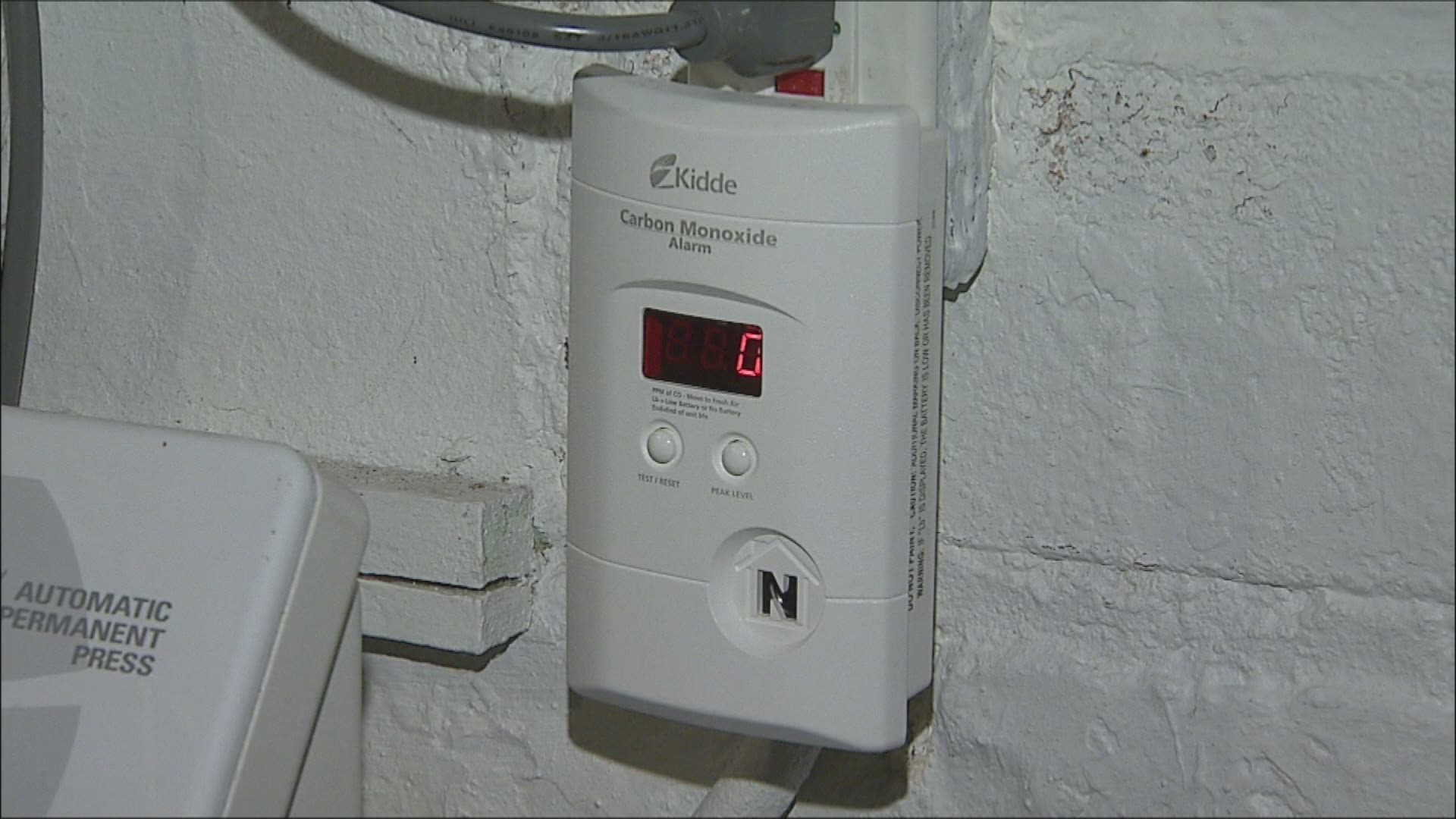HOUSTON — When temperatures go down, calls for carbon monoxide poisoning go up.
That's because carbon monoxide is produced by some of the most common ways we get heat — burning wood, propane, charcoal and other fuels.
It's colorless and odorless, so it can sneak up on you, and that's why it's known as a silent killer.
Why carbon monoxide is so dangerous
Without proper ventilation, carbon monoxide can build up in enclosed spaces.
The gas then gets into your bloodstream, replacing the oxygen in your red blood cells with carbon monoxide. This deprives your heart, brain, and other vital organs of oxygen.
It can lead to brain damage -- and even death.
How to avoid carbon monoxide poisoning
- Experts remind us the best thing you can do is get a carbon monoxide detector. They're available for about $15.
- Test your carbon monoxide and smoke alarms to make sure they work properly.
- Change batteries regularly.
- Don’t run a vehicle inside a garage attached to your house, even if the garage door is open.
- Don’t burn anything in a stove or fireplace that isn't vented.
- Don’t heat your house with a gas oven.
- Don’t use a generator less than 20 feet from any window, door, or vent. Get an extension cord.
Carbon monoxide poisoning warning signs
- Dull headache
- Fatigue
- Dizziness
- Weakness
- Nausea
- Confusion
- Blurred vision
- Loss of consciousness
If everyone in a household is experiencing the symptoms, it could be CO poisoning. If you suspect you could have CO poisoning, leave the area immediately, get fresh air and call 911.
Dangerous winter storm
Dozens of Houston-area residents went to the hospital with carbon monoxide poisoning during the deadly winter storm in 2021.
“At Memorial Hermann in the Medical Center, since we have the hyperbaric oxygen chamber, we tend to see most of the (carbon monoxide) transports in the city," said Dr. Samuel Prater with UT Health Houston/Memorial Hermann. "We'll typically see 50 to 60 on an average year. Last year during the winter storm, we saw our annual volume on the first day of that event."
Carbon monoxide poisoning was also blamed for many of the deaths during that arctic blast. The victims included a Houston mom and her little girl who died while trying to stay warm inside their car in the garage.

